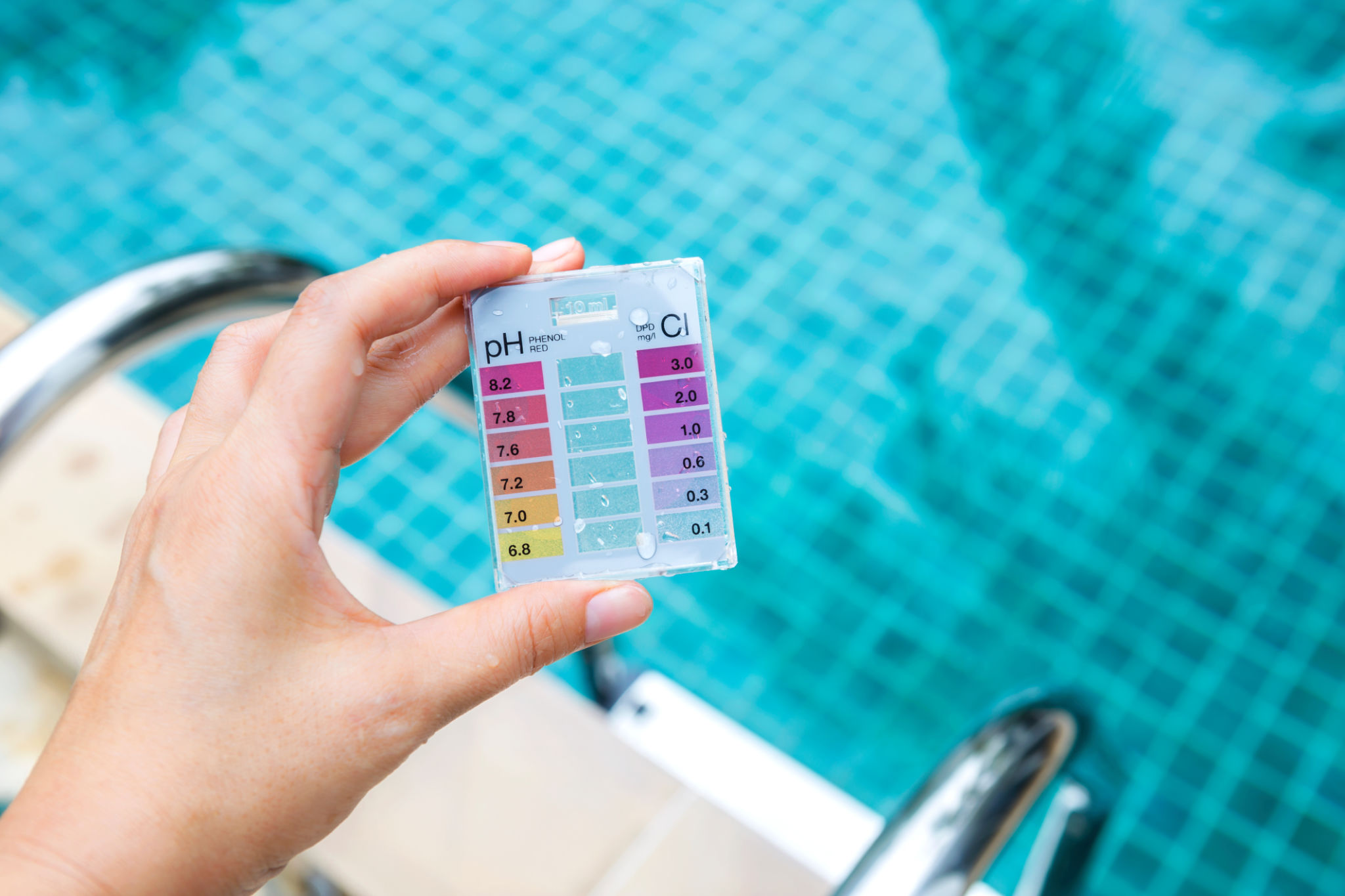DIY Pool Care: Simple Tips for Maintaining Your Pool Between Professional Visits
Understanding Your Pool's Needs
Maintaining a swimming pool can seem like a daunting task, especially if you're trying to keep it in top shape between professional visits. However, with some basic knowledge and a few handy tips, you can manage much of the day-to-day upkeep yourself. Understanding your pool's needs is the first step in ensuring it remains a pristine oasis for relaxation and fun.
Every pool has unique requirements based on its size, type, and location. Whether you own an above-ground or in-ground pool, keeping track of water chemistry, cleanliness, and equipment functionality is crucial for long-term maintenance. By establishing a simple routine, you can keep your pool water crystal clear and inviting.

Regular Cleaning Routine
One of the most critical components of DIY pool care is maintaining a regular cleaning schedule. This involves skimming the surface to remove debris, brushing the sides and bottom to prevent algae buildup, and vacuuming to ensure thorough cleanliness. It's recommended to perform these tasks at least once a week.
Investing in a good-quality pool brush and vacuum can make these tasks easier and more efficient. Remember to clean out the skimmer and pump baskets frequently to ensure proper water circulation and filtration. A clean pool not only looks great but also helps maintain balanced water chemistry.
Skimming and Brushing
Skimming the surface of your pool should ideally be done daily to remove leaves, insects, and other debris. Use a long-handled net for this task. Brushing the walls and floor of your pool helps to prevent algae growth and keeps surfaces smooth. Focus on corners and steps as they are common spots for dirt accumulation.

Monitoring Water Chemistry
Keeping an eye on your pool's water chemistry is vital to ensure a safe swimming environment. Regularly test the pH levels, alkalinity, and sanitizer levels using a reliable pool testing kit. The optimal pH level should be between 7.2 and 7.8, while chlorine levels should be maintained between 1.0 and 3.0 parts per million (ppm).
If you notice any imbalances, adjust the chemical levels accordingly. Adding chlorine tablets or liquid can help maintain sanitizer levels, while pH increasers or decreasers can balance acidity. By maintaining proper chemical levels, you will prevent issues such as cloudy water or skin irritation.
Balancing Alkalinity
Alkalinity acts as a buffer for pH levels, helping to prevent drastic fluctuations. It should be kept within the range of 80 to 120 ppm. If alkalinity levels are too low or too high, they can affect the effectiveness of chlorine and cause scaling or corrosion in your pool.

Equipment Maintenance
Your pool's pump and filter are essential components that need regular attention to ensure they operate efficiently. Check the pump basket regularly for debris and clean or replace the filter as needed. Keeping these systems in good working condition not only prolongs their lifespan but also ensures optimal water circulation.
If you notice any unusual noises or reduced water flow, it might be time for a professional inspection. However, most minor issues can be addressed with regular checks and maintenance. Always refer to your equipment's manual for specific care instructions.
Winterizing Your Pool
If you live in an area with cold winters, it's important to properly winterize your pool to protect it from damage. This includes lowering the water level, adding winterizing chemicals, covering the pool securely, and draining water from all equipment. Proper winterization will make reopening your pool much easier when warmer weather returns.
By following these simple DIY pool care tips, you'll be able to enjoy a clean and inviting swimming environment all season long. Not only will you save time and money between professional visits, but you'll also gain a deeper understanding of your pool's needs and how to address them effectively.